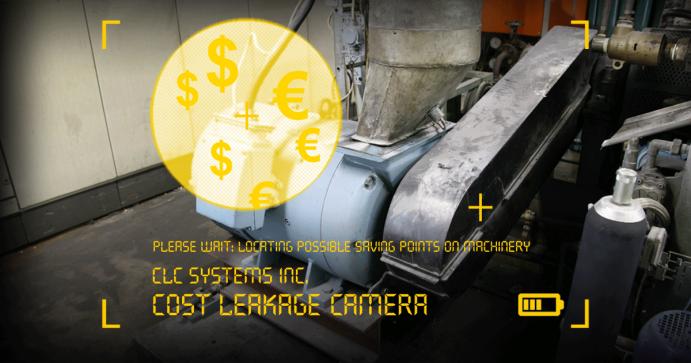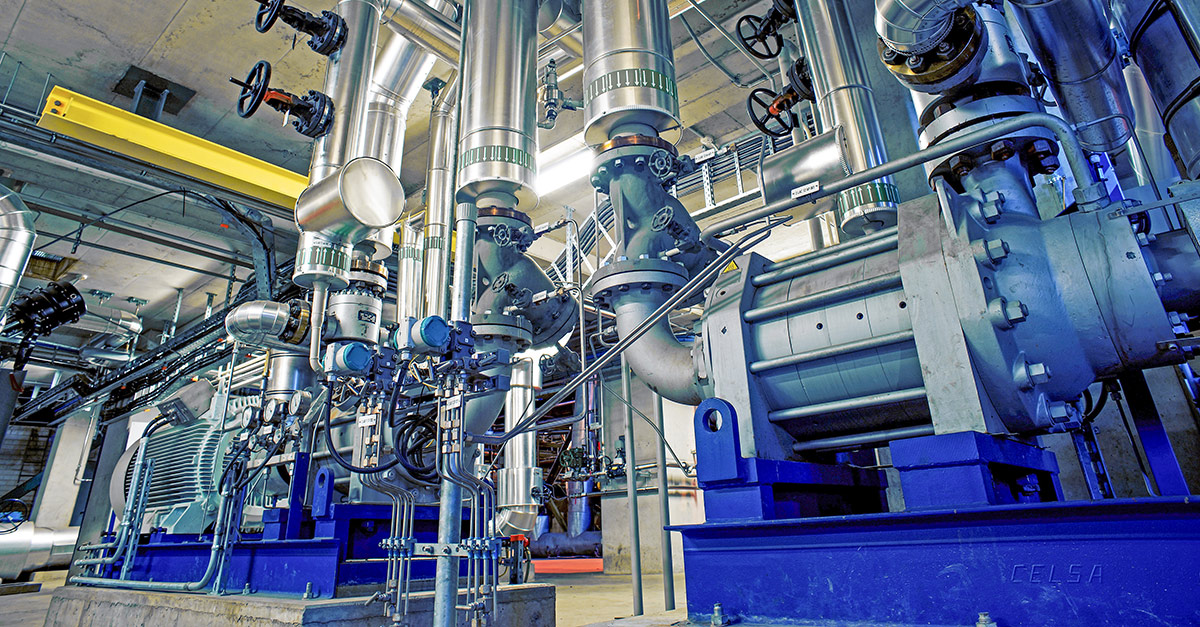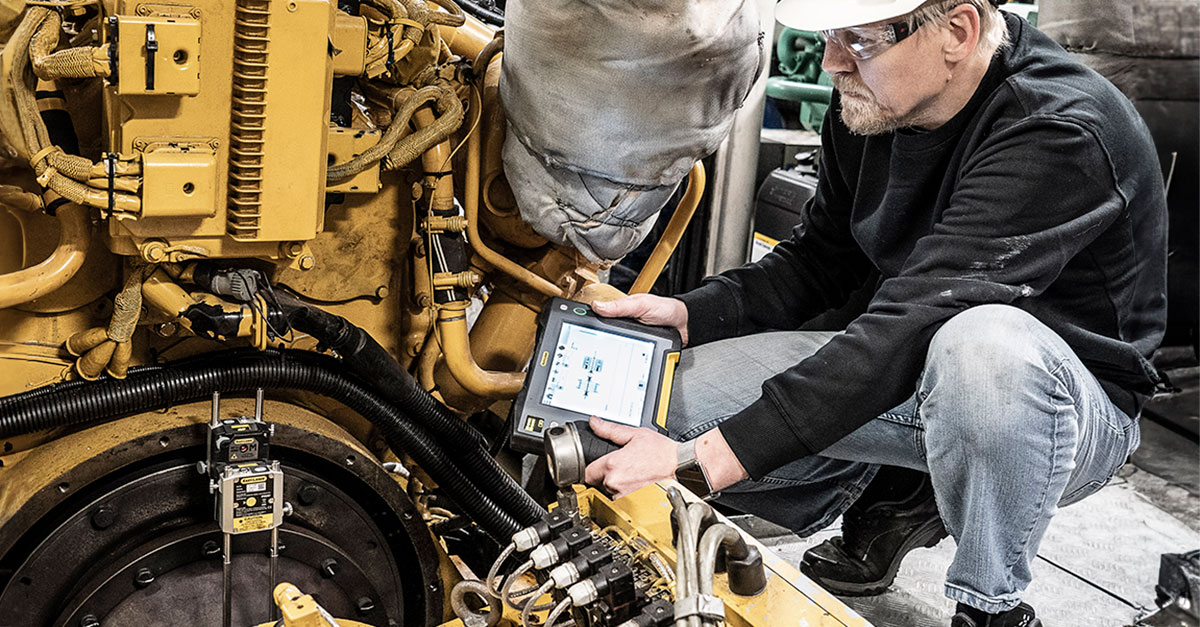It is a common misconception that it doesn’t matter whether or not you align your sheave/pulleys. The belt is flexible, isn’t it? And if a part becomes worn, it is easy to just replace it. But what you may not consider is that the cost of energy is greater than the cost of buying new spare parts such as bearings, belts and pulleys. Studies have shown that with correct alignment it is possible to improve efficiency, saving 5–20% of your energy costs. This can add up to significant amounts, particularly if your businesses have tens or even hundreds of belt driven machines.
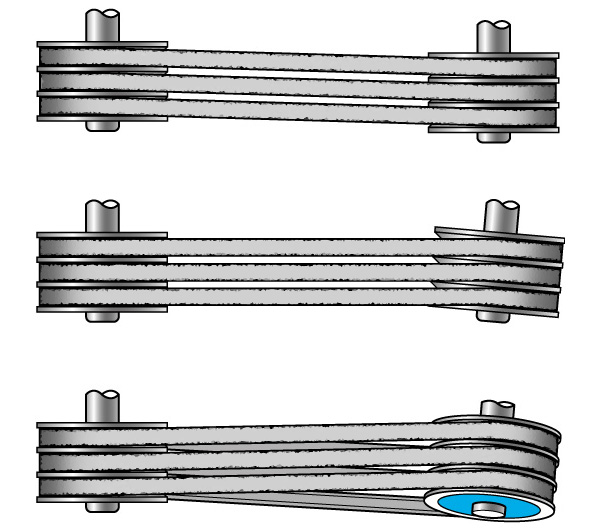
Offset and angular errors entail reduced efficiency and greater wear.
Consequences of good and poor belt alignment
Poor alignment or incorrect installation are the most common causes of abnormal wear of sheave/pulleys. On the other hand, increased productivity, fewer unplanned operational stoppages and reduced energy consumption are the result of regularly maintained machines. In the long run, this is also positive for the environment. By aligning your sheave/pulley-driven machines, you also reduce vibrations that wear the machine and adversely affect the working environment.
One factor that is often overlooked is that incorrectly aligned or tensioned belts can give rise to abnormal temperatures, caused by the belt’s friction against the pulley. Excessively high temperatures cause the belts to harden, resulting in cracking. A toothed belt can lose teeth, which can have a serious effect on the machine in the worst case scenario. Strong heat sources in the vicinity also affect belts negatively. A thermal camera can help to indicate potential abnormal temperatures.
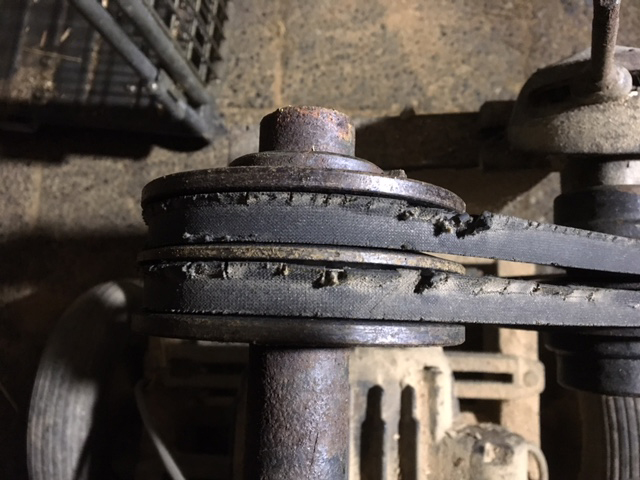
Poor alignment or incorrect installation are the most common causes of abnormal wear of sheave/pulleys.
Where do I start?
Many belt manufacturers advocate preventive maintenance in order to avoid unforeseen stoppages. A scheduled operational stoppage is obviously more efficient and less costly than calling out the fire service. Having a maintenance program for your sheave/pulleys can also be efficient. There are a number of factors that determine how often you should perform preventive maintenance. Start by classifying your machines:
- How critical the machines are for your operation.
- The speed of the machine, i.e. rpm.
- Impact on the environment. There may be external factors, such as rust, moisture, oil, temperature.
- The quality of the belts. Mixing different belt types or different makes is not recommended.
When you have done this, you will be in a better position to know how to prioritize your maintenance work.
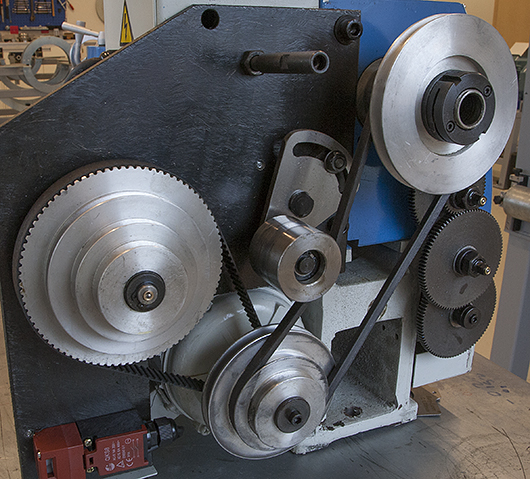
Start by prioritizing which machines are most important for your operation.
You should also think about the following
-
First and foremost, it is worth thinking about keeping the area around the machine clear of dirt and debris, as well as ensuring that the base is in good condition. This is the foundation for good results and a machine in good condition. Even for a belt drive!
-
It is usually necessary to have safety devices and guards on the machines. However, make sure that the sheave/pulleys are easily accessible by having guards that can be removed easily during maintenance.
-
It is important for the person carrying out the maintenance to have the correct training and equipment to carry out the work satisfactorily.
-
Check the machine manufacturer’s specifications regarding how to set up you machine correctly. Write this down so that it is easily accessible the next time maintenance is to be performed. This saves time.
-
Check the belt manufacturer’s requirements regarding the belt’s tension. It is also useful to have this information noted down and easily accessible during maintenance. Instruments are available to measure belt tension.
-
If the transmission has several belts abreast, all the belts must be replaced at the same time, even if only one is defective.
-
Measuring energy consumption before and after alignment is a simple way of verifying that you have done everything right.
-
Listen to and look at the machine. If you suspect that anything is abnormal, you should investigate this. You should look out for unusual and abnormal wear or damage.
-
Inspections should be performed frequently, perhaps as often as once a month.
-
In addition, preventive maintenance should be performed at 6 to 12 month intervals.
-
Follow the belt manufacturer’s instructions when replacing belts. Make sure that you also store spare parts correctly: belts are a perishable product!
If you still aren’t convinced it pays off to also align belt drives with high precision, please have a look at the following:
Examples of how much you can save, having your belt drives correctly aligned
Read part 2 in this series: Why laser tools are better for belt alignment

